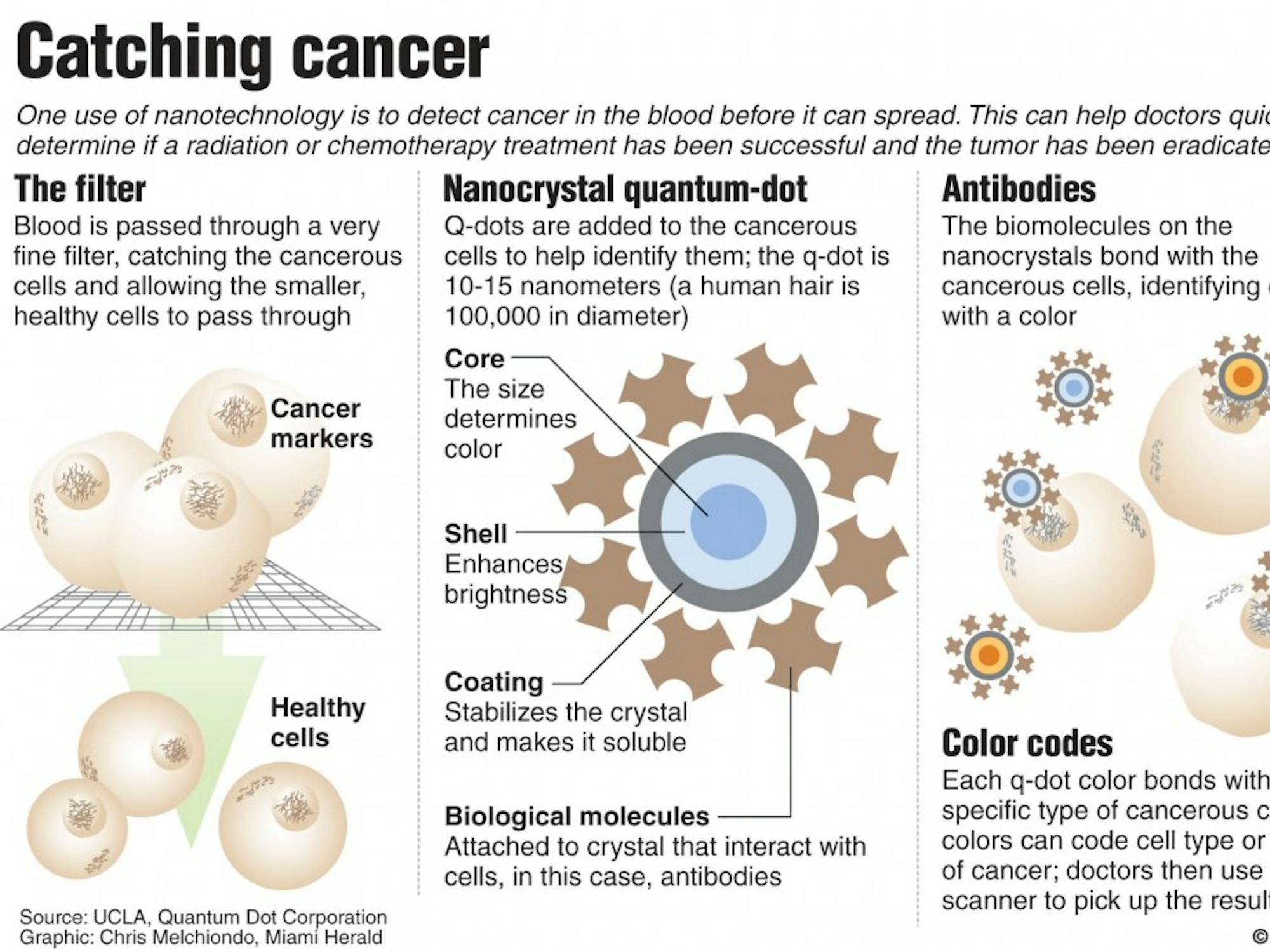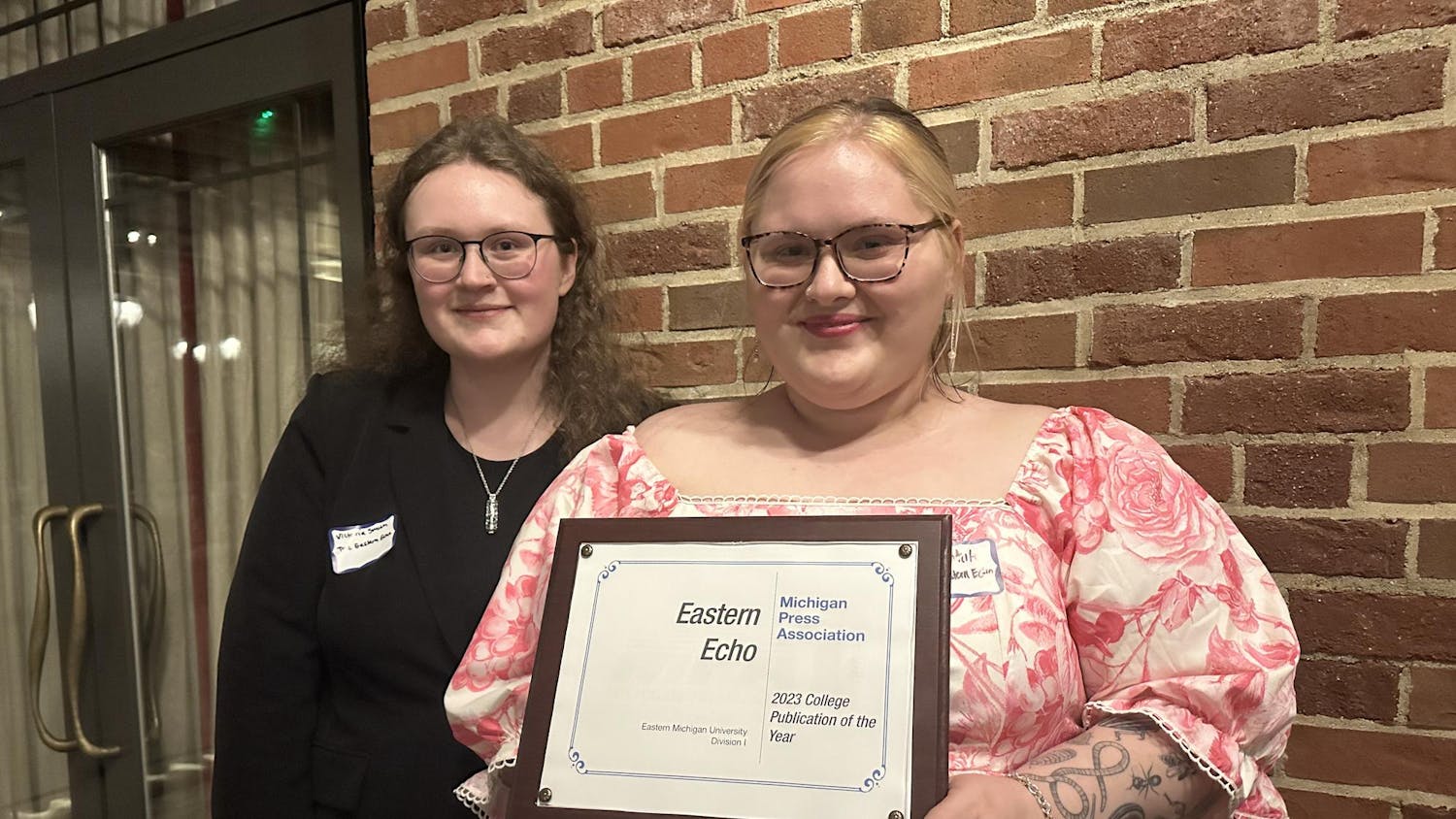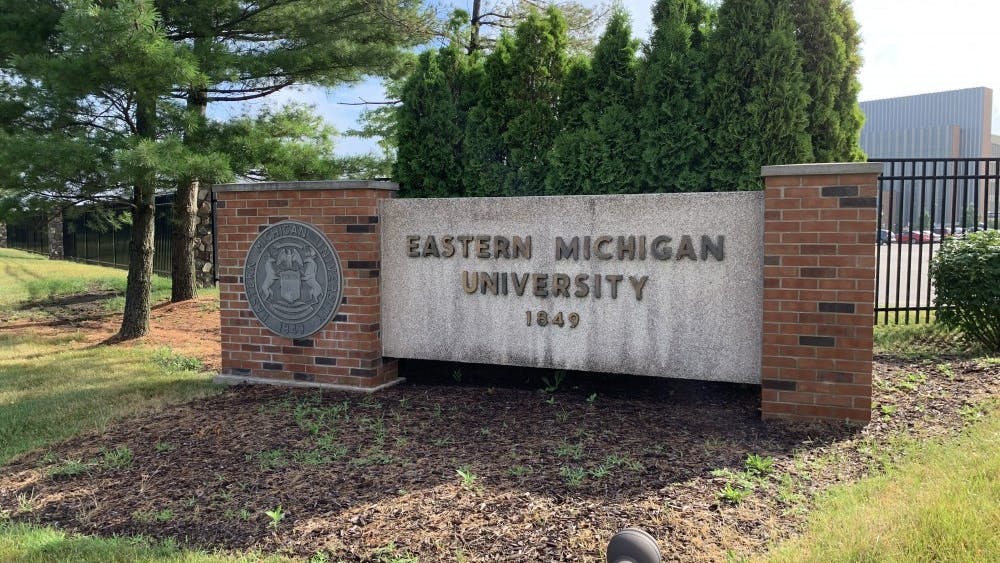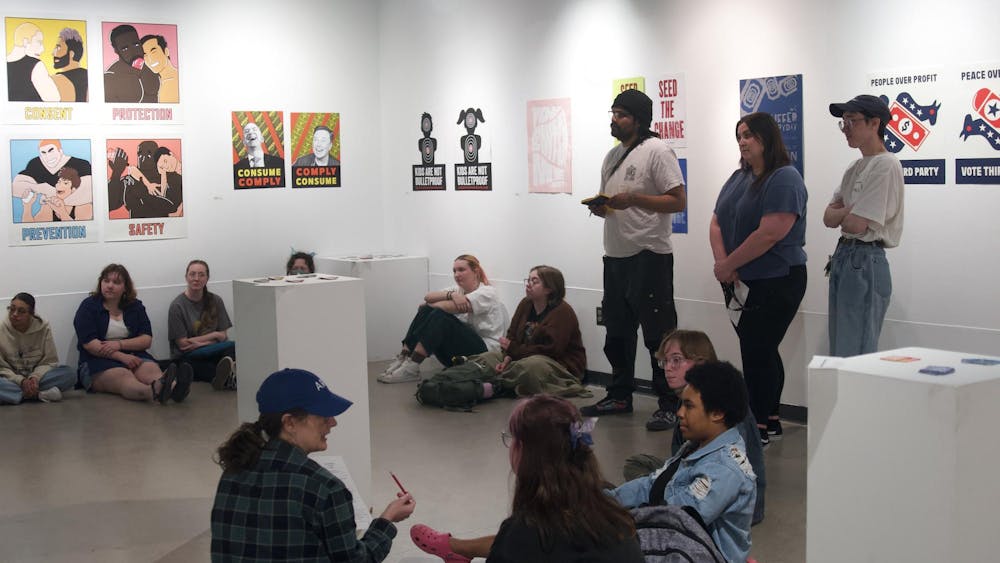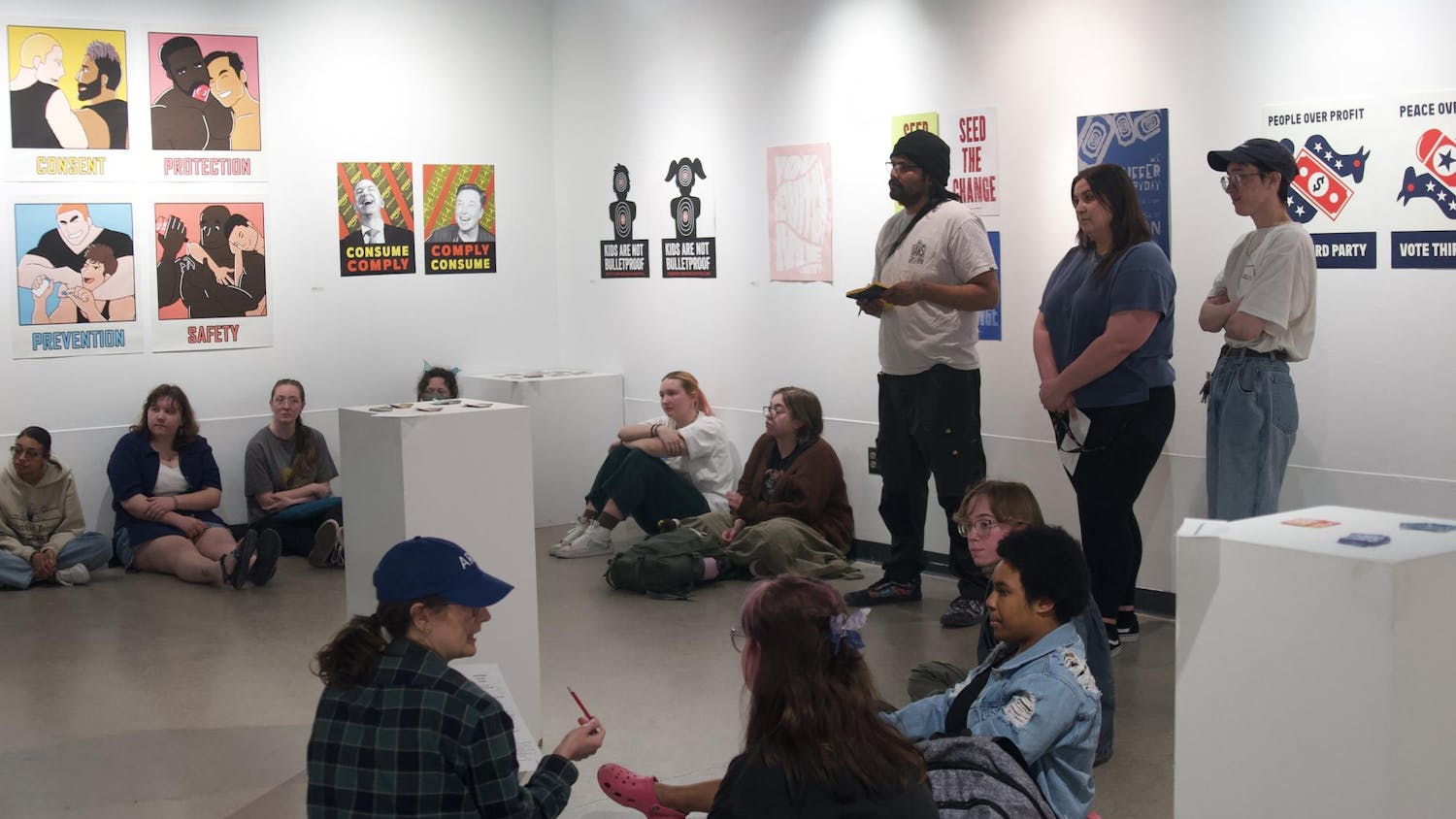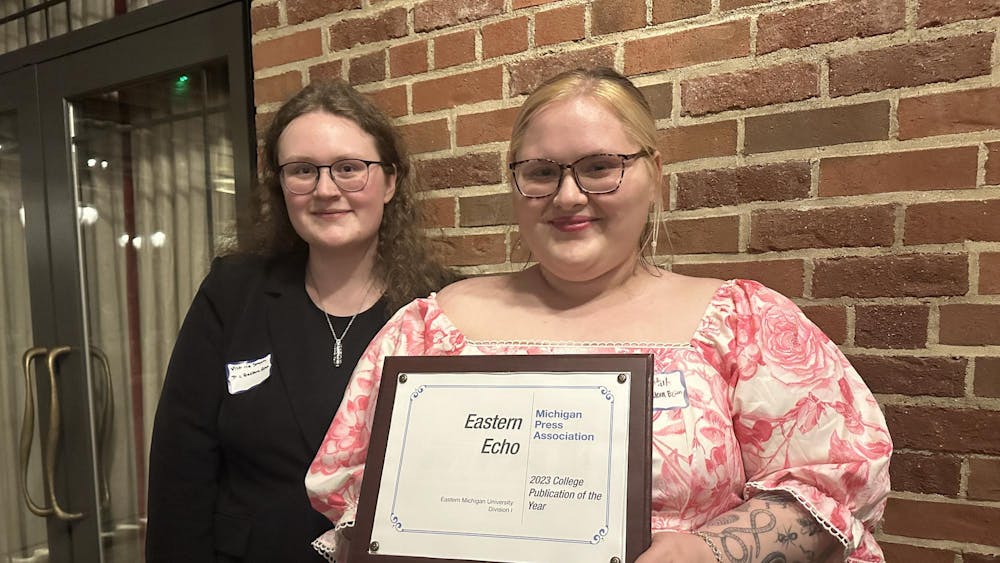MIAMI— Imagine a particle so small it would take a million of them to stretch across the period at the end of this sentence. Imagine such particles could help catch cancer cells floating in your bloodstream before they could metastasize to the liver, bones, brain or other organs.
Or replace the insulin-making cells of your pancreas to cure diabetes.
Or, conversely, attack the linings of your lungs with the lethality of asbestos.
It’s the promising, perilous field of nanotechnology – the creation and manipulation of materials down to the atomic level – a field the University of Miami is helping to mold. In medicine, science and technology, nanotechnology holds such promise it spurs debates over whether it’s more likely to perfect mankind or doom it.
The National Cancer Institute assigns it a daunting role: “To help eliminate death and suffering from cancer.”
In Miami, two newly arrived molecular pathologists are working on a test to detect cancer in the blood, and they say the test could be in use in three or four years. Doctors Richard Cote and Ram Datar, recently recruited from the University of Southern California, will run a Biomedical Nanoscience Institute being set up at the University of Miami Miller School of Medicine.
The two are using the science to build devices that will perform dozens of “instant biopsy” tests on a pin-prick of blood and capture tumor cells circulating in the bloodstream.
They don’t hide their excitement.
“The integration of nanotechnology and medicine has the potential to revolutionize our approach to human disease,” said Cote, who will direct the institute and become chair of UM’s department of pathology.
“It could be as important as antibiotics,” said Datar, who will co-direct the institute.
Nanotechnology is based on “nano,” the Greek word for dwarf – a stunning understatement because a nanometer is one-billionth of a meter.
Size matters because at that near-atomic level, materials take on different characteristics from the same materials in the scale we’re used to seeing. Carbon becomes nearly weightless and 10 times stronger than steel. Gold melts at room temperature. Crystals of metal oxide shine in vivid, even fluorescent colors.
In medicine, nanotech devices are in clinical trials that would carry medicine directly inside cancer cells, sparing the patient from chemotherapy’s nausea and hair loss.
In science, nanotechnology is creating smaller, faster computer chips, more efficient fuel cells for automobiles, contributing to the “Smart Grid” that President Barack Obama wants to move power across the country.
In the future, backers say it will build better spaceships for trips to Mars and beyond – with heat-resistant, self-healing hulls to protect astronauts from the radiation of space.
Its critics say it could create unexpected dangers. Some fear toxicity to human lungs as lethal as that from asbestos. Others fear mini-weapons of mass destruction in the hands of terrorists. Sci-fi novelists have predicted run-amok, self-replicating robots that see humans as prey.
Cote and Datar bring with them a nano-scale cancer blood test they started developing at USC they say will identify tumor cells floating in the blood from, say, prostate cancer before they can metastasize to the liver, brain or other organ.
It’s based on “nano-crystal quantum dots” – metallic particles only a few atoms in size that attach to cancer cells and glow in vivid colors to tag them for eradication by doctors.
Another nano-medicine breakthrough, by Cherie Stabler, a Ph.D. biomedical engineer at UM’s Diabetes Research Institute, shows promise in restoring the pancreatic “beta cells” that make insulin, and could be used to fight diabetes.
It’s based on nano-particles of seaweed laid down molecule by molecule to disguise the injected beta cells from the body’s immune system.
She says she has already had test subjects off their insulin shots for up to five years.
Cote for 18 years was a professor of pathology at USC and, in 2005, created its Biomedical Nanoscience Program. He brings $6 million in study grants with him and is seeking $20 million more from the National Cancer Institute over the next five years. He is recruiting more experts from USC and elsewhere, planning a department of 20 researchers within five years.
Datar worked with Cote for 11 years at USC, and spent several years in the Department of Atomic Energy for the government of India.

